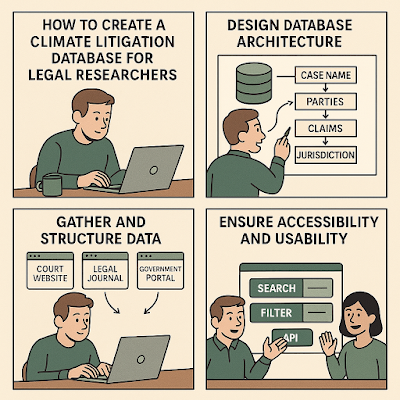Behavioral Analytics Risk Models for Insider Threat Compliance

Behavioral Analytics Risk Models for Insider Threat Compliance 🔹 Table of Contents 1. Why Behavioral Analytics Matters for Insider Risk Management 2. Core Elements of Behavioral Risk Models for Compliance 3. Real-World Examples of Insider Threat Detection 4. Compliance Frameworks That Align with Behavioral Analytics 5. Getting Started Without Losing Sleep 6. Respecting the Human Side of Security 🔍 Why Behavioral Analytics Matters for Insider Risk Management Let’s be real—most insider breaches don’t start with hoodies and hacking. They often begin with something as simple as someone uploading a spreadsheet to Dropbox because "email was too slow." Now imagine if your systems knew that wasn’t normal behavior for that user—and flagged it in real-time. That’s the power of behavioral analytics risk modeling. It's not about paranoia; it's about pattern awareness. A friend of mine once caught an engineer syncing a Git repo to his personal drive. N...










